The 10 Unhealthiest Carbs That Are Secretly Sabotaging Your Diet

Carbohydrates are a necessary part of a balanced diet, providing the energy your body and brain need to function. However, not all carbs are created equal. While some are nutrient-dense and fiber-rich, others are highly processed, stripped of their natural benefits, and packed with hidden sugars. These unhealthy carbs can quickly derail your weight-loss efforts by spiking your blood sugar, triggering cravings, and promoting fat storage—especially around your belly. Worse yet, they're often disguised as "healthy" options, making it even harder to avoid them. By identifying these sneaky culprits and replacing them with smarter choices, you can boost your energy levels, reduce cravings, and stay on track with your diet. Here are the 10 worst offenders and what to eat instead to support your weight-loss journey and overall health.
White Bread
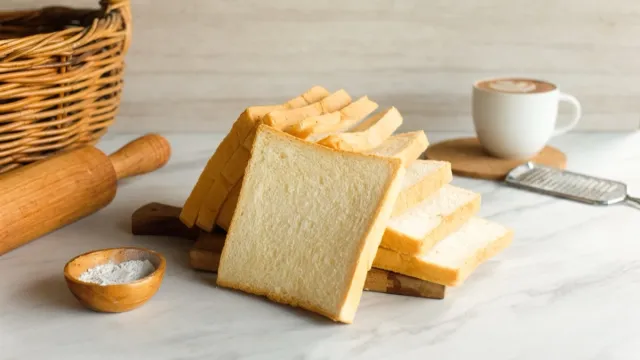
White bread is made from refined grains, which strip away the fiber and nutrients. The result is a carb that quickly spikes blood sugar, leaving you hungry soon after. Replace white bread with whole-grain or sprouted bread for a fiber boost that keeps you full longer.
RELATED: This Plan Is How to Lose 5 Percent Body Fat In 2 Weeks
Sugary Cereals
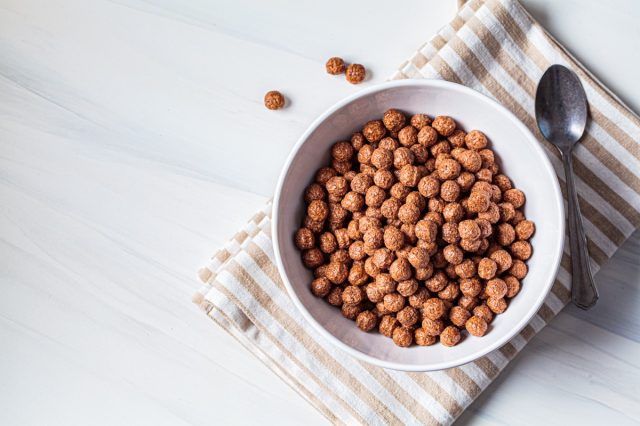
Many breakfast cereals are loaded with sugar and lack the fiber needed to balance blood sugar levels. Instead, choose oatmeal or unsweetened granola and add fresh fruit for a naturally sweet, fiber-rich alternative.
Pastries and Donuts
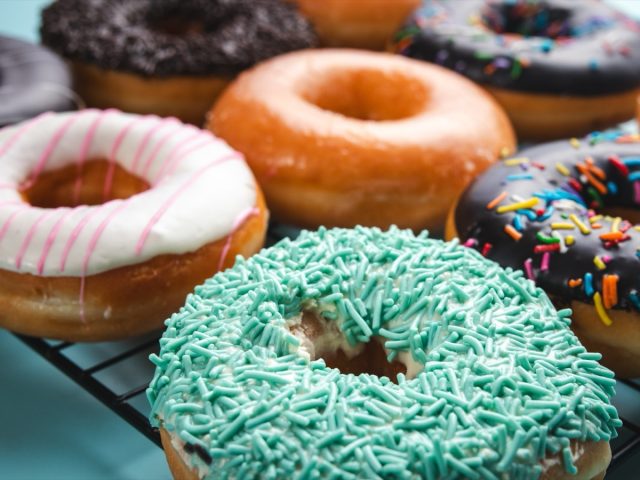
These carb-heavy treats are packed with sugar, fat, and empty calories. They offer little nutritional value and contribute to rapid fat storage. Opt for whole-grain toast with almond butter or a homemade muffin made from whole grains and natural sweeteners.
Chips and Crackers
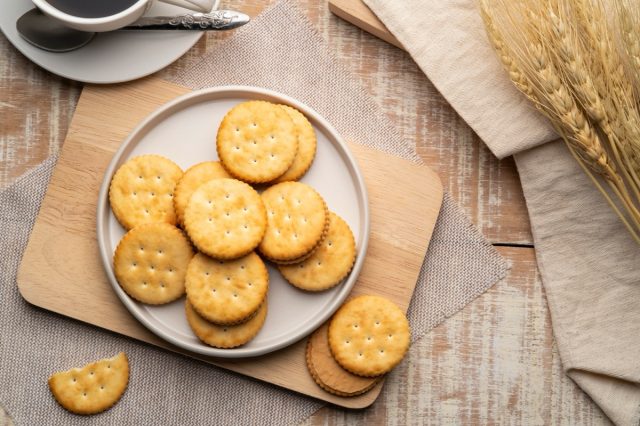
Most chips and crackers are made from refined flour and often include unhealthy oils and additives. Swap them for whole-grain crackers or veggie sticks with hummus for a healthier snack that satisfies your crunch craving.
White Rice
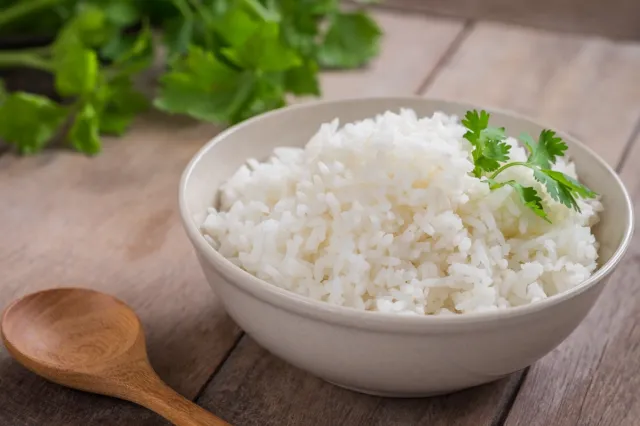
White rice is low in fiber and nutrients, making it less filling and more likely to cause blood sugar spikes. Replace it with brown rice, quinoa, or cauliflower rice for a nutrient-dense alternative that supports weight loss.
Flavored Yogurt
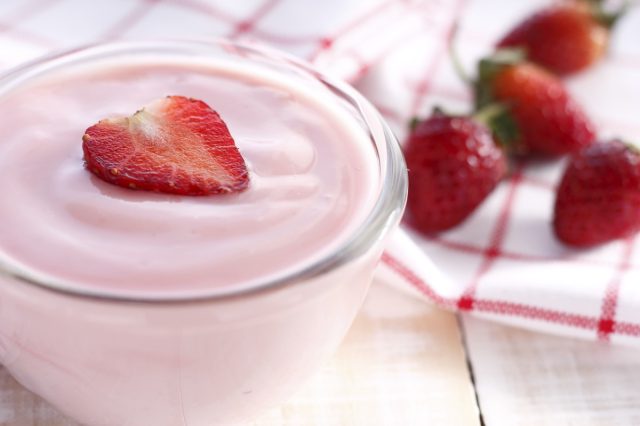
Though it may not seem like a carb-heavy food, flavored yogurts often contain added sugars that can sabotage your goals. Opt for plain Greek yogurt and sweeten it naturally with berries or a touch of honey.
RELATED: This Is Exactly How to Lose Body Fat This Year
Sugary Drinks
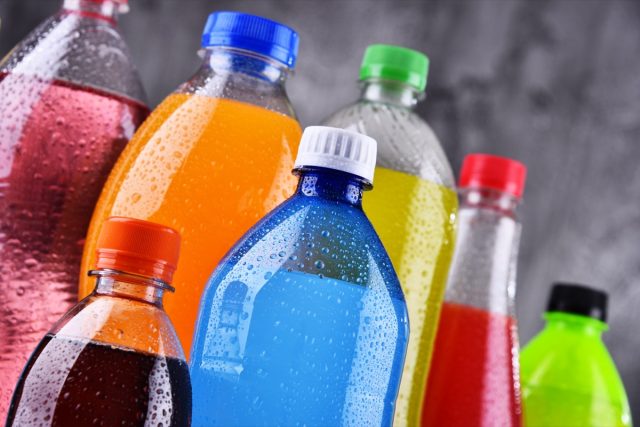
Sodas and sweetened teas are loaded with liquid carbs that provide no fiber or nutrition. Replace these with water, sparkling water, or herbal teas to stay hydrated without the sugar rush.
Pasta
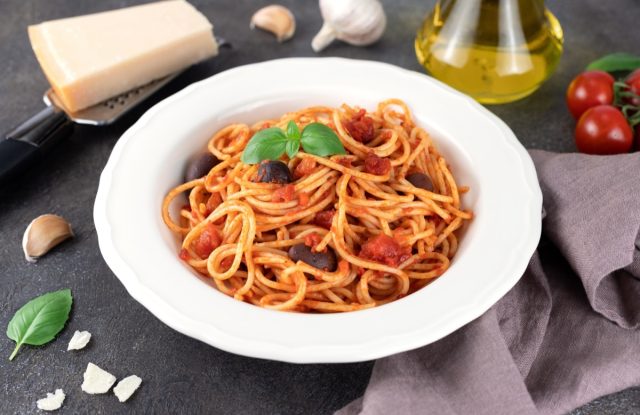
Regular pasta is made from refined flour, which lacks fiber and nutrients. Opt for whole-grain pasta, chickpea pasta, or zucchini noodles for a more balanced meal.
Baked Goods
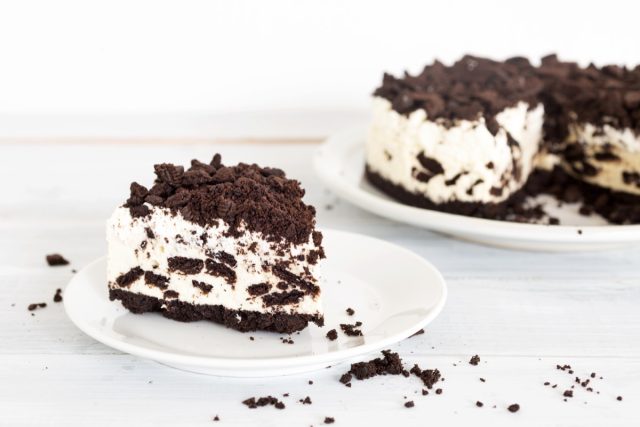
Cookies, cakes, and other baked goods are often made with refined flour and sugar, offering empty calories that contribute to weight gain. Choose homemade treats with whole-grain flours and natural sweeteners when you want a dessert.
RELATED: 20 Things You Need to Know About Ozempic and Weight Loss
Pizza Crust
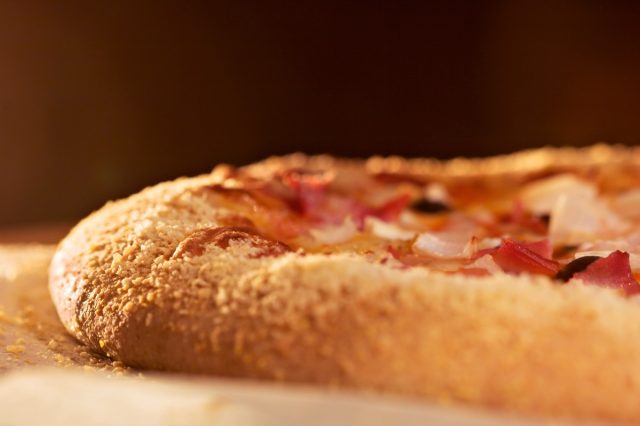
Traditional pizza crust is made with refined flour, which offers little fiber or nutrition. Opt for whole-grain, cauliflower, or thin-crust options to enjoy pizza without the guilt. And if you enjoyed this article, take advantage of these 20 Superfoods for People Over 50.




